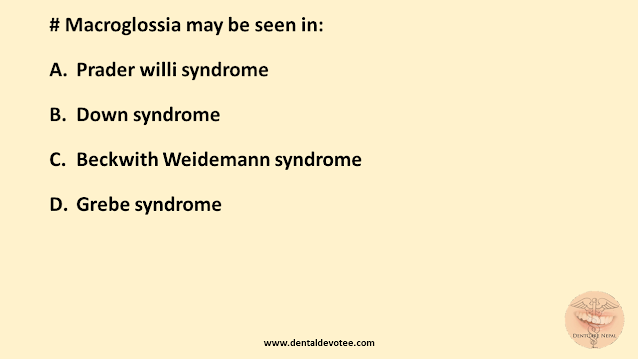# We understand one of the following by the word dilaceration?
Calcified root canals
Curvature of the root tip
Dysplasia of dentin
Cemental union of root
The correct answer is B. Curvature of the root tip.
The term ‘dilaceration’ refers to an angulation, or a sharp bend or curve, in the root or crown of a formed tooth. The condition is thought to be due to trauma during the period in which the tooth is forming, with the result that the position of the calcified portion of the tooth is changed and the remainder of the tooth is formed at an angle. The curve or bend may occur anywhere along the length of the tooth, sometimes at the cervical portion, at other times midway along the root or even just at the apex of the root, depending upon the amount of root formed when the injury occurred.
Reference: Shafer’s Textbook of ORAL PATHOLOGY, 7th Edition, Page No: 41







